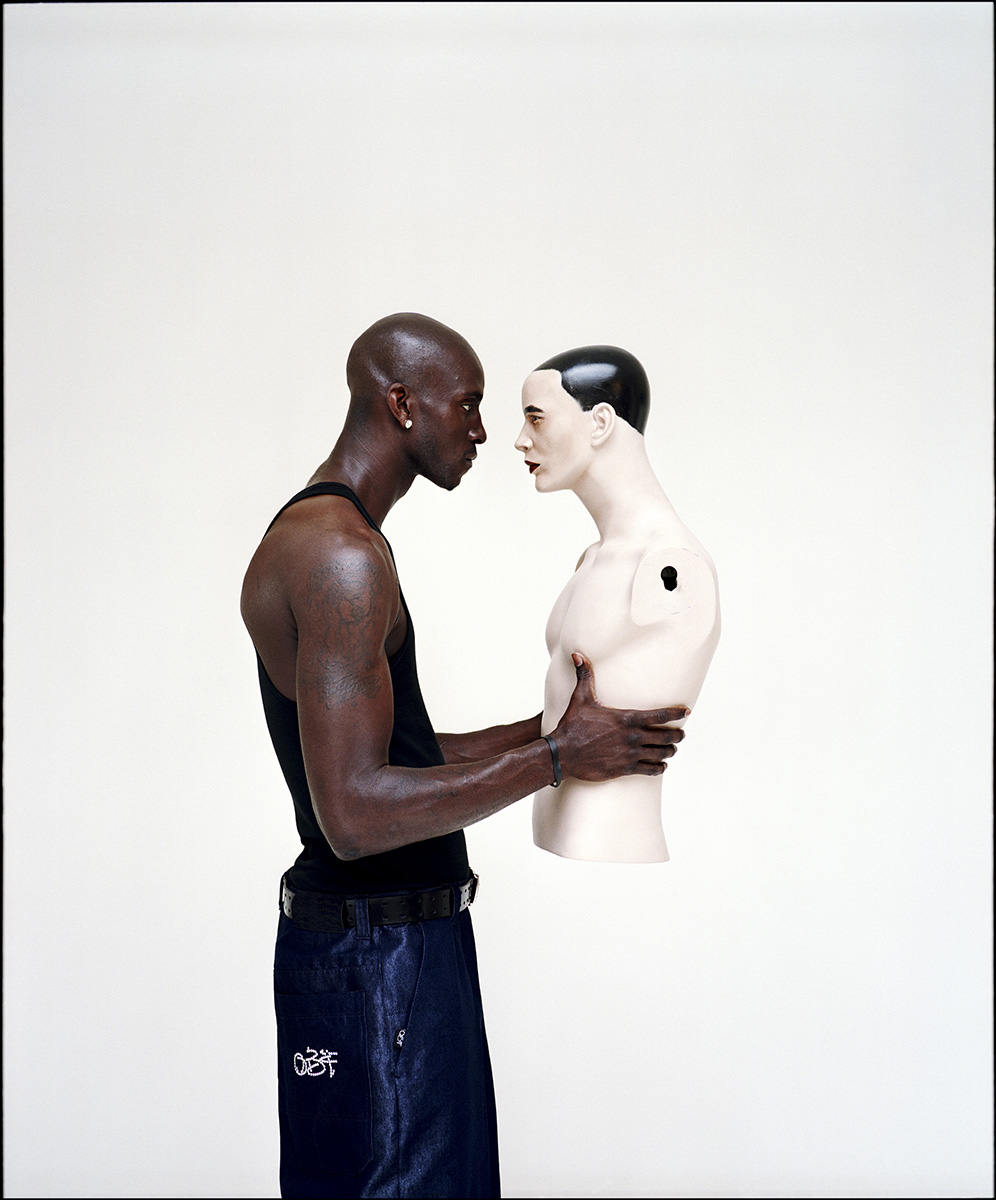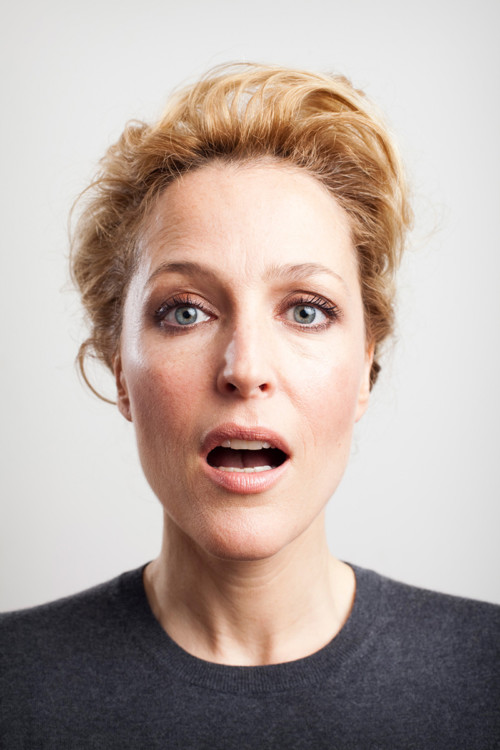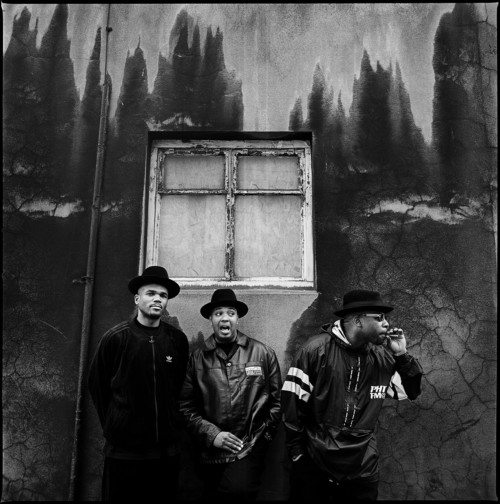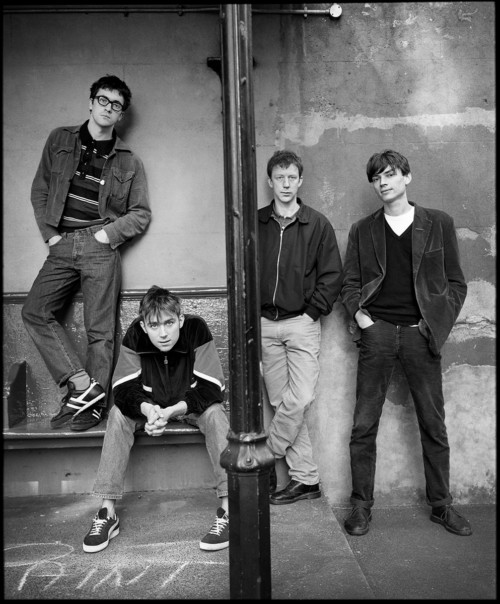Kevin Garnett photographed at Red Earth Studios, London, 2001
Harry Borden recalls the shoot: “Shooting portraits of sports stars is often difficult. Unlike photographing members of a pop band, for instance, where they recognise a shoot is part of the publicity process, sports stars aren’t usually relying on photographers to promote them. For them, a shoot isn’t exciting or a novelty, it’s a pain in the neck. Therefore, in my experience, you’re often relying on their innate personality to get the pictures you want.
Photographing basketball player Kevin Garnett, back in 2001, was a notable exception. That was partly because he’s a good-natured person, and partly because he was doing the shoot for an article linked to the launch of his own clothing brand. Kevin Garnett is a huge name in American sport. He played for NBA teams for 21 seasons, between 1995 and 2016, and is considered one of the sport’s true superstars.
I was commissioned to photograph him for American GQ magazine, so there was a good budget and I had the benefit of working with a stylist. I asked the stylist to provide some props that reflected the theme of making clothes, such as some tailor’s dummies and a pair of tailor’s scissors. The idea itself wasn’t particularly original, but it led to what I think is a very interesting portrait. The shoot took place in Red Earth Studios in London, which had a tall ceiling and a skylight which gave wonderful north light. I always got really nice results there, so I was pleased it was available when I got the commission. If you’ve got good available light and a subject like Kevin Garnett, you’re already halfway there.
Photographing Garnett was an extraordinary experience, partly because of his physical presence. He’s very much the alpha male, and at the time I photographed him he was just 25 and at his physical peak. He’s just under 7ft tall and very athletic, but perfectly proportioned – just much bigger than most people. His hands were huge and his arms were similar in girth to my thighs. I’m just under 6ft tall, but that extra foot makes a big difference and I remember having to stand on a chair to shoot at his eye level. However, he was very easy-going and playful, like a big puppy – at one point he got me in a headlock while fooling around – and was happy to do whatever shots I requested.
For me, the best shot came completely spontaneously, and mainly arose from Garnett’s playfulness. Most of the dummies we had were quite conventional, but one of them, which I think was possibly from the 1930s, had a weird look. At one point, Garnett picked that dummy up and turned it to face him. I took several shots, some with him looking towards the camera, others with his mouth open. But one shot, showing him staring intently at the dummy’s face, had something special about it.
My reading of that picture is that there’s an element of homoeroticism about it: one man is staring out another man in a very overt way. But it also has an interesting racial dynamic: the white dummy has an angry and hostile expression, yet it’s completely powerless. I wasn’t consciously aware of these elements when I took the shot and they’re the kinds of things you can only notice after taking a picture. This is the sort of moment that gets you really excited as a photographer. I really love that picture, it’s definitely in my top ten favourite images from my commissioned portraits. However, I’m pretty sure it wasn’t used in the American GQ article because it didn’t fit the idea of it being a fashion-led shoot. More contrived images can go down well with a magazine in the short term, but they don’t stand the test of time, because on some level they lack authenticity. Sometimes, a great picture just happens in front of you and you just have to be alive to it.”
Available in a choice of physical size options. Please ask for framing options.
Please allow 2-3 weeks between order and delivery for an unframed photograph. Framing adds 2-3 weeks.




